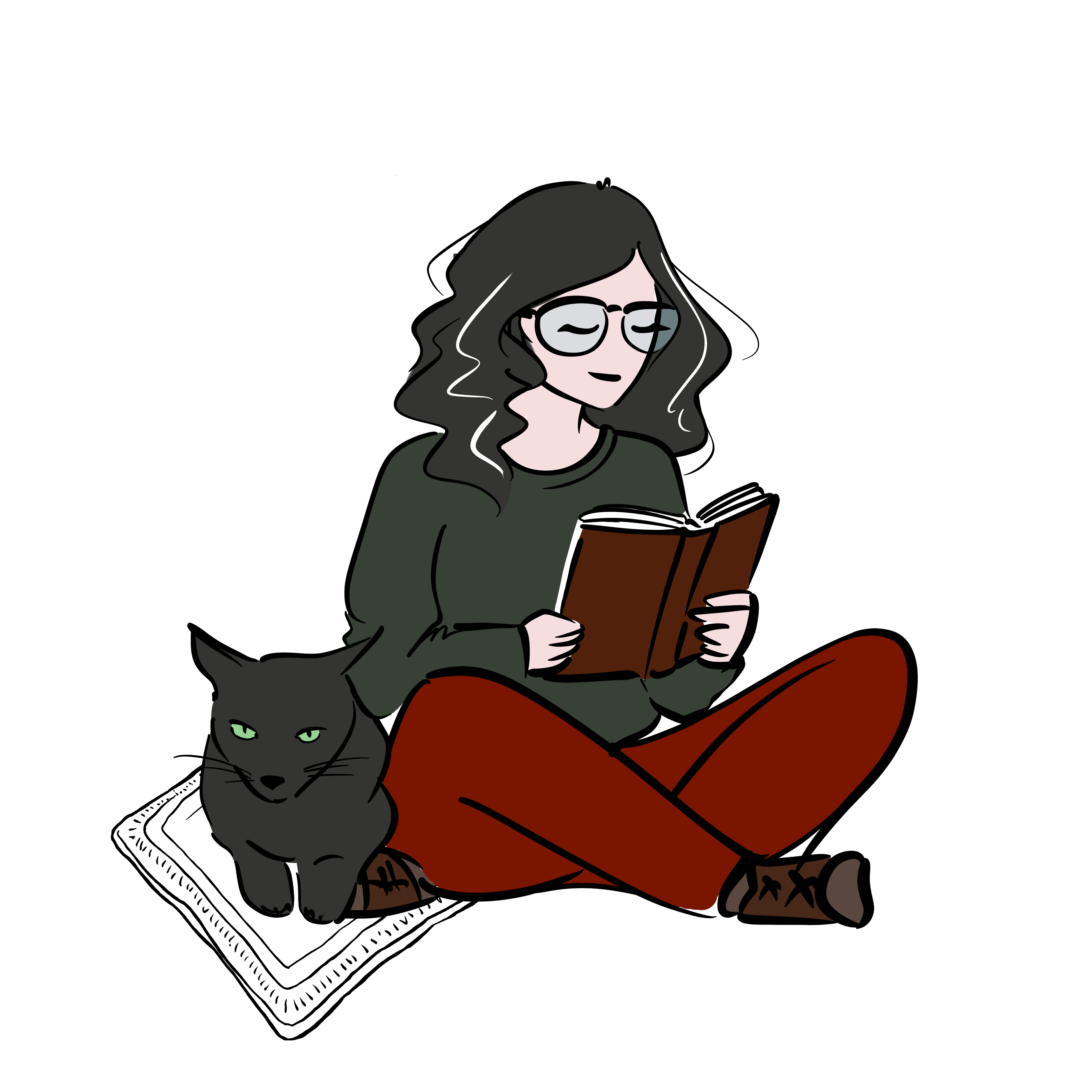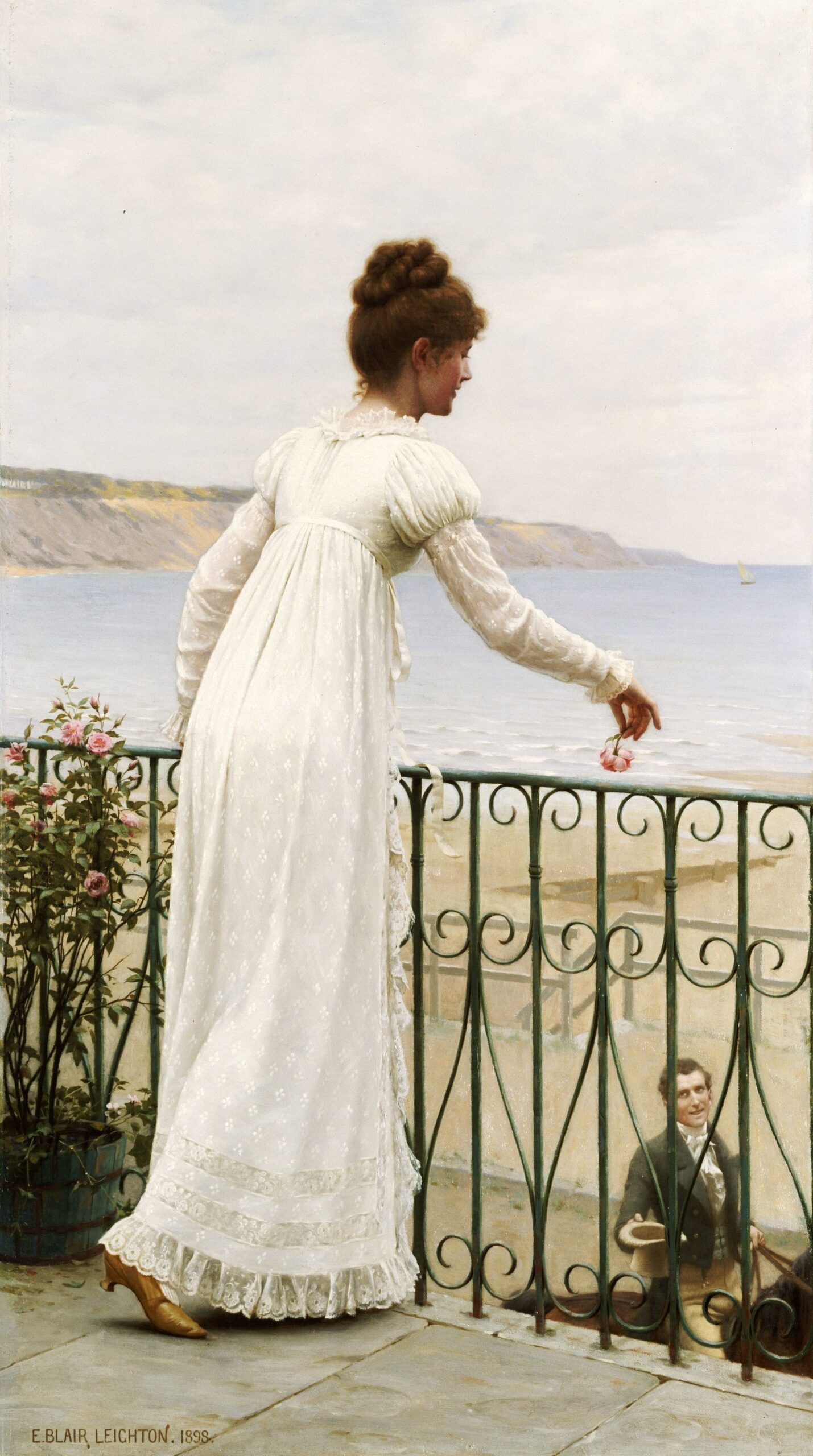With a series of new Austenian adaptations being announced in the months leading up to Jane Austen’s 250th birthday, I decided it was time to read The Other Bennet Sister. While the fantastic Keeley Hawes is starring as Cassandra in the PBS adaptation of Miss Austen, we have yet to receive any news on the cast for the miniseries focusing on the “forgotten” Mary Bennet, who was famously almost omitted from Joe Wright’s beloved 2005 adaptation of Pride and Prejudice. I am usually reluctant to engage with modern takes on Austen simply because they often feel derivative, lacking the charm or wit of the originals. Austenian emulation is often tediously dull. While I was entertained for a good part of Janice Hadlow’s attempt at putting the wallflower in the spotlight, I do feel the novel had the potential to be much more enjoyable.
The Other Bennet Sister is divided into several parts, amounting to a staggering ninety-nine chapters. At the beginning, I thought Hadlow was emulating Austen’s three-volume structure, but there are five parts in total. That seemed excessive to me and not quite justified by the plot. In the earlier sections, we follow the events of Pride and Prejudice from Mary’s perspective. Some interesting scenes appear here: Mary flirts with the optometrist’s son but is discouraged from dancing with him for too long by Lydia’s mocking comments and, strangely, by Charlotte Lucas’s intervention. The boy is disappointed, leaves to pursue an education in London, and never returns. That struck me as odd; yes, in real life, people do get separated by miscommunication and interference, but in a novel, John Sparrow felt like a missed opportunity. We are not to meet Mary’s true soul mate until much later in the story and I just wasn’t quite sure if he was as interesting as the first option.
As we step into uncharted territory following the events of Pride and Prejudice, we follow Mary through life after Mr Bennet’s untimely death. This includes an uncomfortable stay at the Bingleys’, an awkward visit to Pemberley, and an ill-advised close friendship with Mr Collins. Goldilocks-like, Mary tries on the lives of each of her sisters and even imagines the one she could have had if her initial interest in her cousin had led anywhere (something Hadlow clearly borrows from the 2005 film). It is from this section that my problems with this novel arise.
While Hadlow’s narrative recognises the many problematic men of Pride and Prejudice, it is surprisingly harsh on its women. Mr Bennet is portrayed as remiss, improvident, and unkind towards his middle child, his charming wit almost entirely lost. His shortcomings pale, though, in comparison to Mrs Bennet’s cruelty towards Mary, which borders on illogical. Throughout the novel, Mrs Bennet transforms into a caricature of the overbearing, evil stepmother of fairy tales: dismissive of Mary, ridiculing her for suggesting Mr Collins as a match, yet desperate to push her into the arms of any available suitor. Charlotte’s characterisation is equally disturbing. Her pragmatic approach to marriage in Austen’s work is recast here as acerbic, calculating heartlessness. Despite being closer to Mary than to Lizzy, Charlotte schemes with Lady Catherine to have Mary employed as a governess, resenting Mary’s friendship with her husband. If this sounds like fanfiction territory, that’s because it is skating on thin, thin ice.
Hadlow’s narrative seems to assume that to make Mary a compelling heroine, the glimmer of every other female character must be dimmed down. Jane is dull; Elizabeth selfish; Lydia a fool; Kitty barely there at all. Charlotte is bitter; Mrs Bennet is monstrous; Lady Catherine is… well, Lady Catherine. Caroline Bingley is doomed to be the antagonistic spurned love-interest. Meanwhile, Hadlow’s Mary rarely justifies her protagonism. She is whiny, unforgivably boring, and her inner life is never as fascinating as one would hope.
The story picks up when Mary visits the Gardiners in London and falls in love with Cheapside, enjoying implausible unchaperoned walks and developing feelings for a lawyer, Mr Thomas Hayward. Caroline Bingley provides most of the conflict during this part of the novel, though this relies heavily on Hayward’s inability to act or communicate. The will-they-won’t-they dynamic between Mary and Hayward quickly grows tiresome. A rakish, Byronic type soon appears, drawn to Mary’s newfound Wordsworthian sensibilities, but the unlikelihood of anything coming out that turns the amount of space he is given inexplicable. The story’s pacing suffers greatly in this section, and tighter editing would have made a significant difference.
Near the conclusion, Mary has another confrontation with Caroline Bingley that, for the umpteenth time, quotes Austen verbatim – this time from the infamous argument between Lizzy and Lady Catherine. A few nods to Austen’s original might have been charming, but here they are overused, making it difficult to appreciate The Other Bennet Sister on its own merits. By continually recreating entire conversations, Hadlow ensures her novel never escapes the shadow of Austen’s pen.
Overall, The Other Bennet Sister sadly reinforced my personal prejudice against Austenian fanfiction and its many published variations. That said, I do believe the BBC could produce a fun and entertaining adaptation if they are clever in their selection and casting. If the story opens with Mr Bennet’s death, Mary might have a better chance to shine on her own merits.

